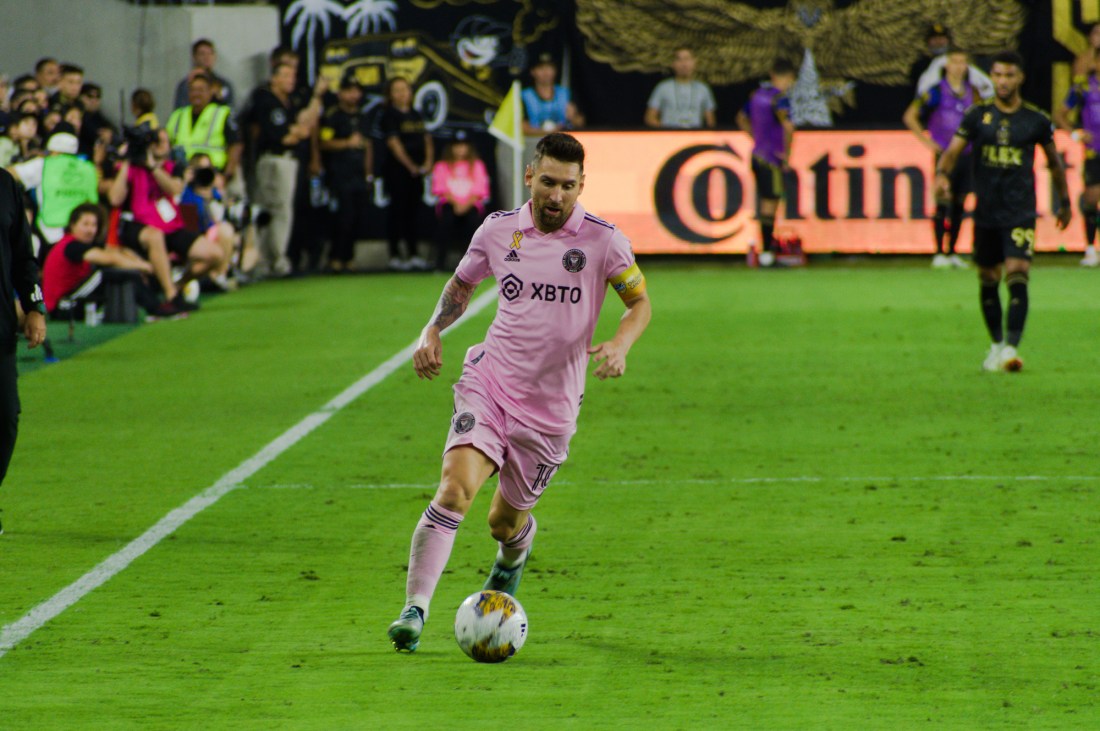Have y’all heard about this guy named Messi? He’s pretty good at this soccer thing.
Messi and Inter Miami came to Los Angeles over the Labor Day weekend and I got to witness it first-hand for LA Taco.
EXCERPT:
Although Messi had already been presented to the Inter Miami faithful during a tropical storm more than a month ago and made his sporting debut in the Leagues Cup against historic Mexican club Cruz Azul, it wasn’t until this game in Los Angeles that the full-weight of the moment came to fruition.
The new iteration of Major League Soccer, with an assist from tech and media giant Apple, as the beacon leading the world into the 2026 FIFA World Cup and the main competition with Saudi Arabia and the Saudi Pro League for players, fans, and soft power, was officially here and shepherding the new age of modern football.
Read it all here: https://lataco.com/messi-mls-history






